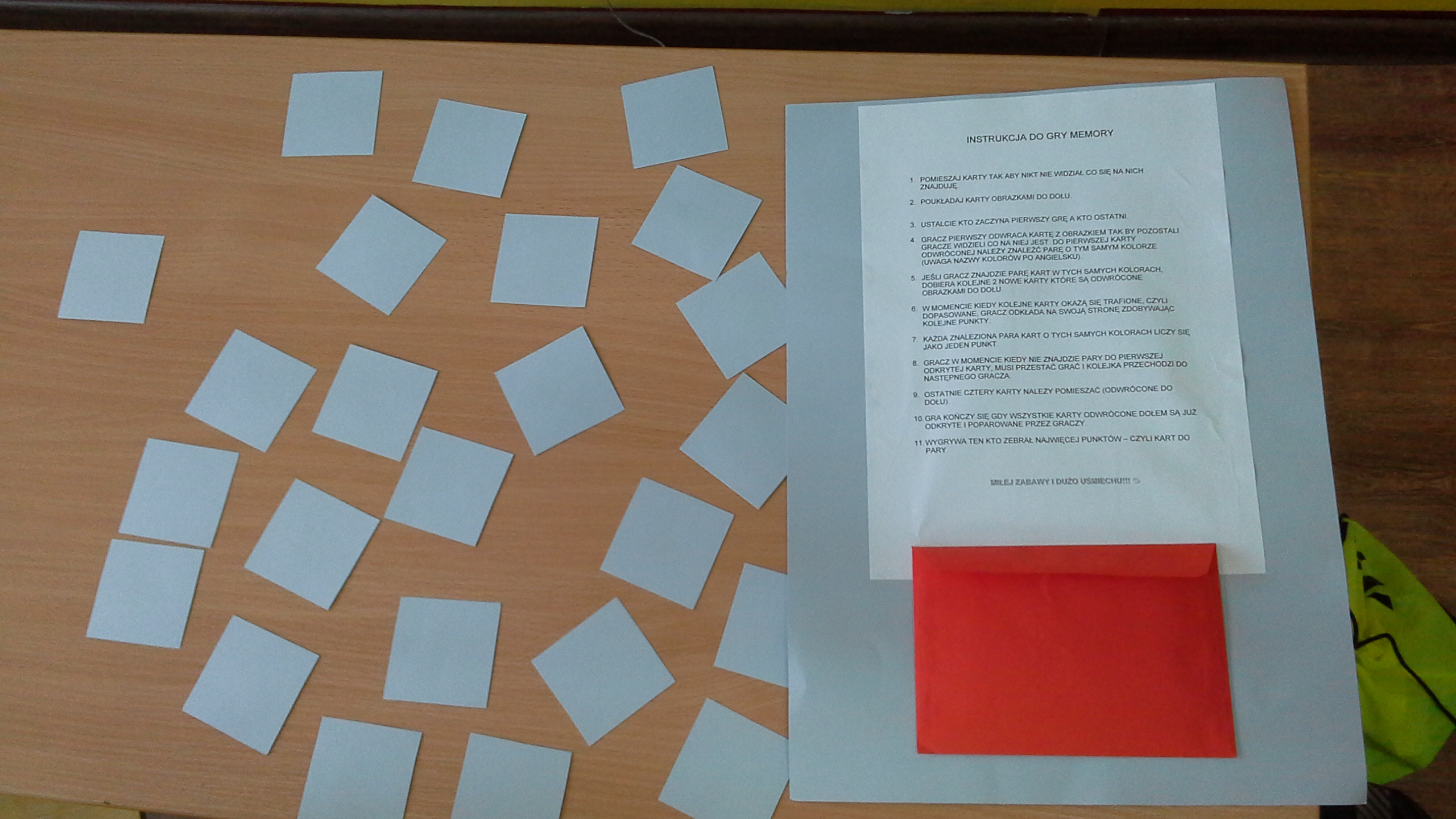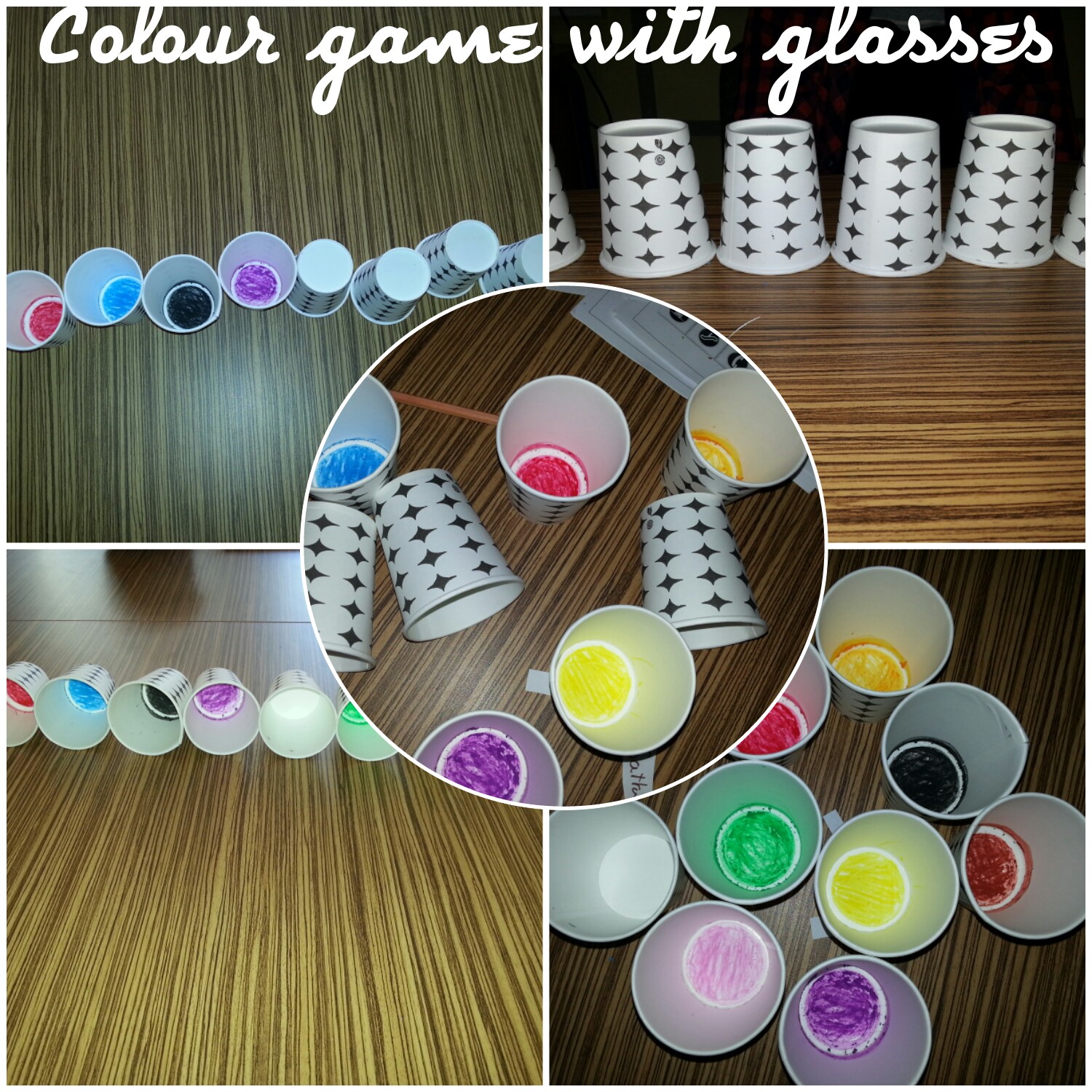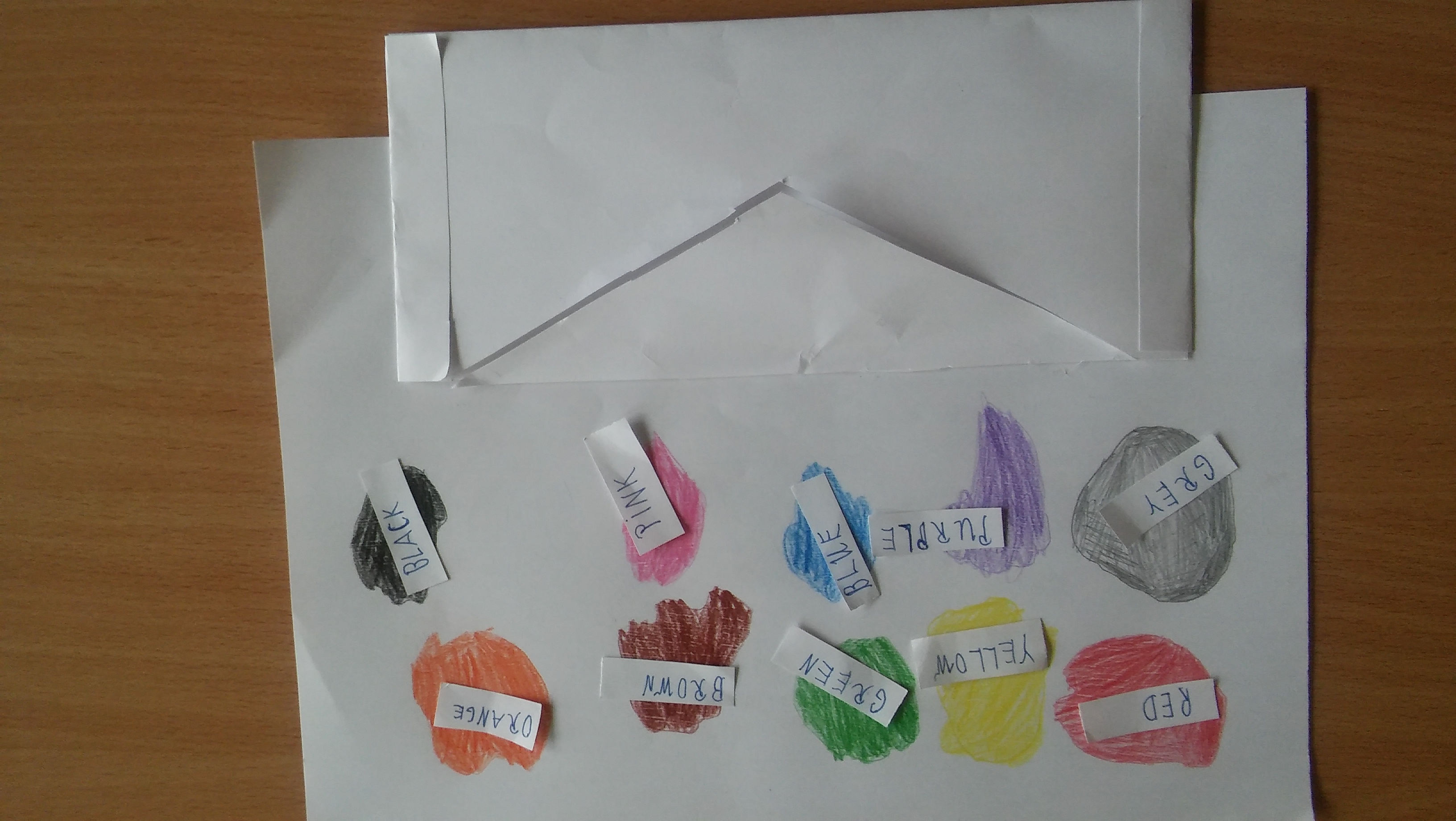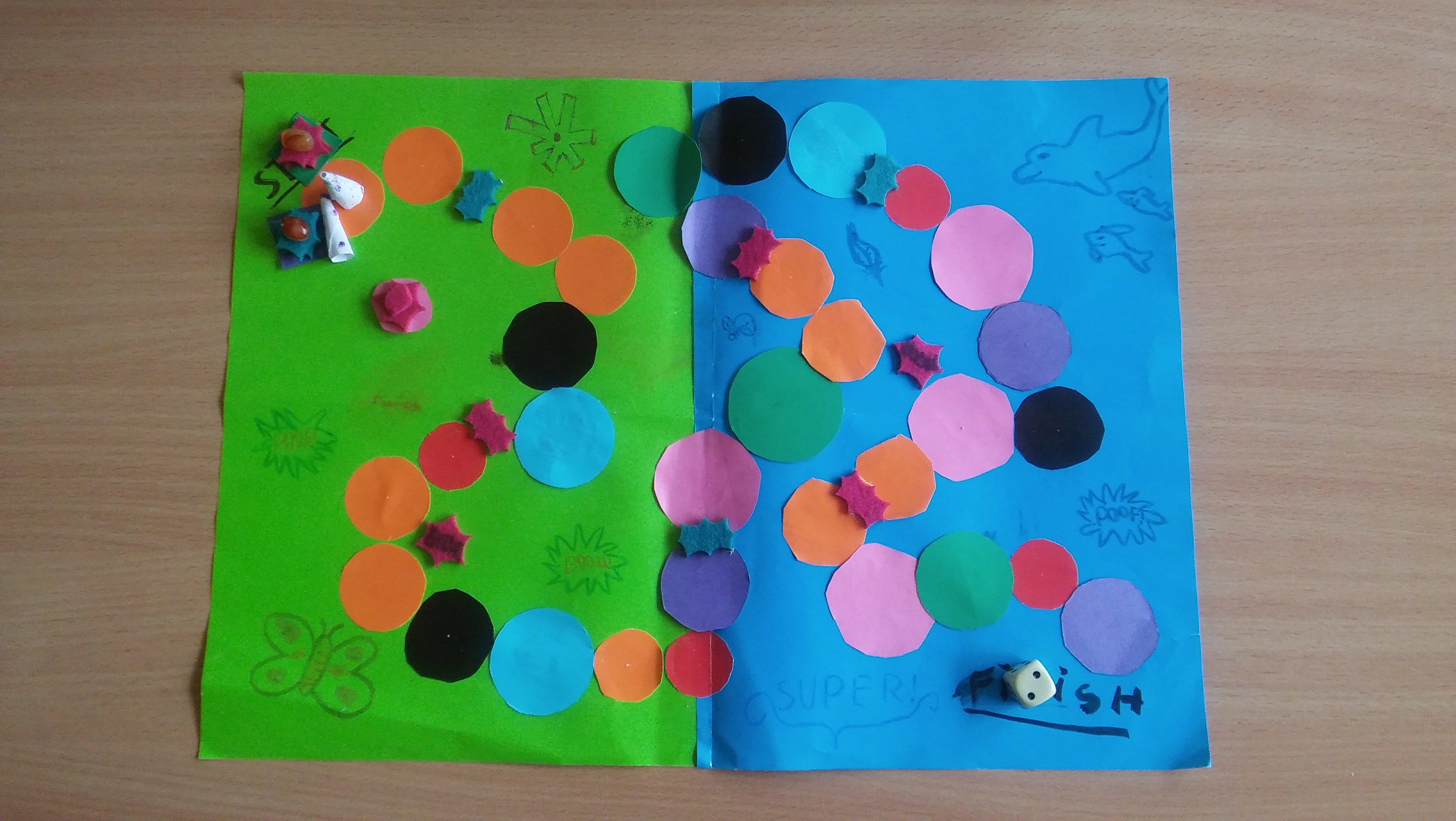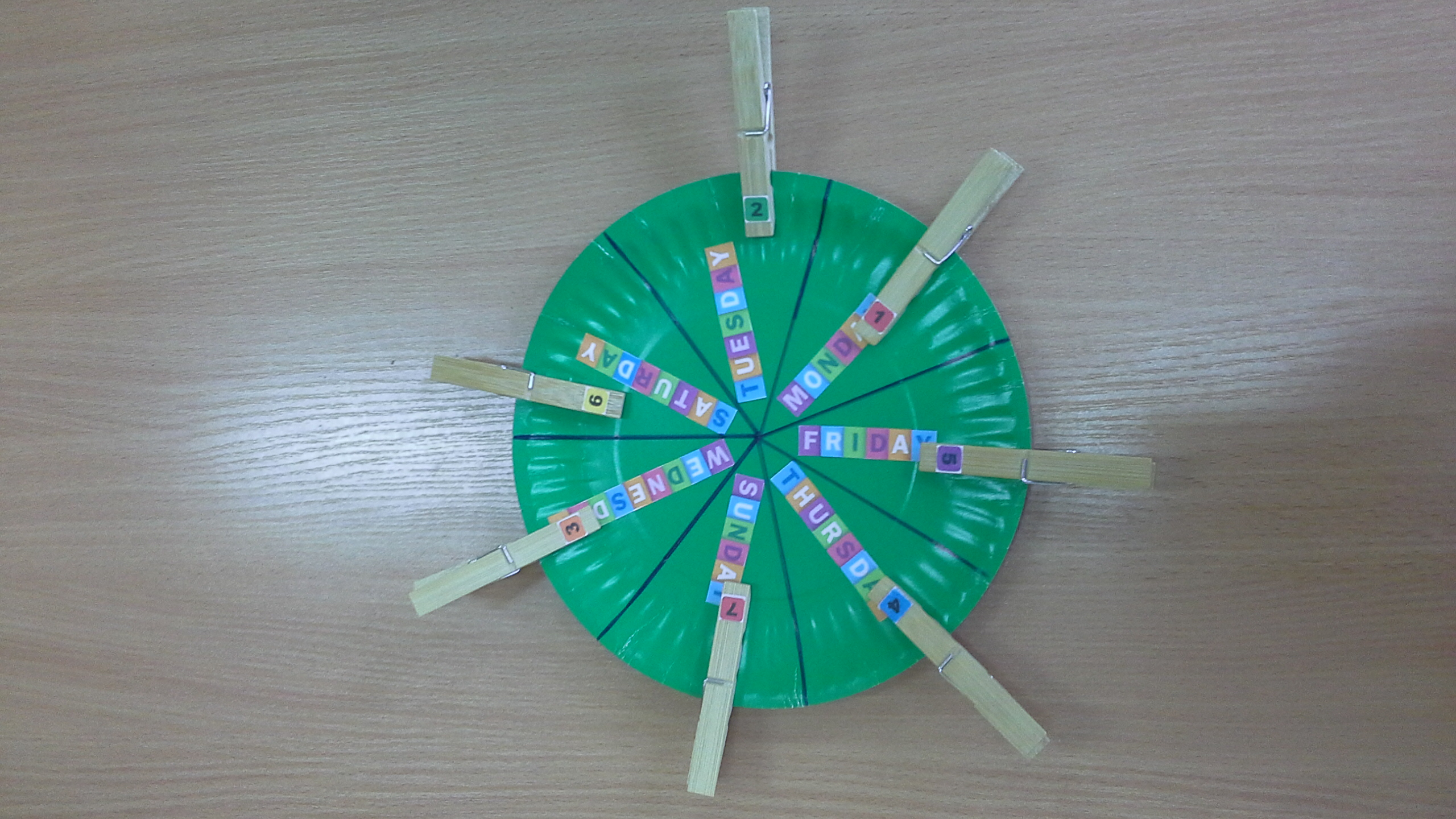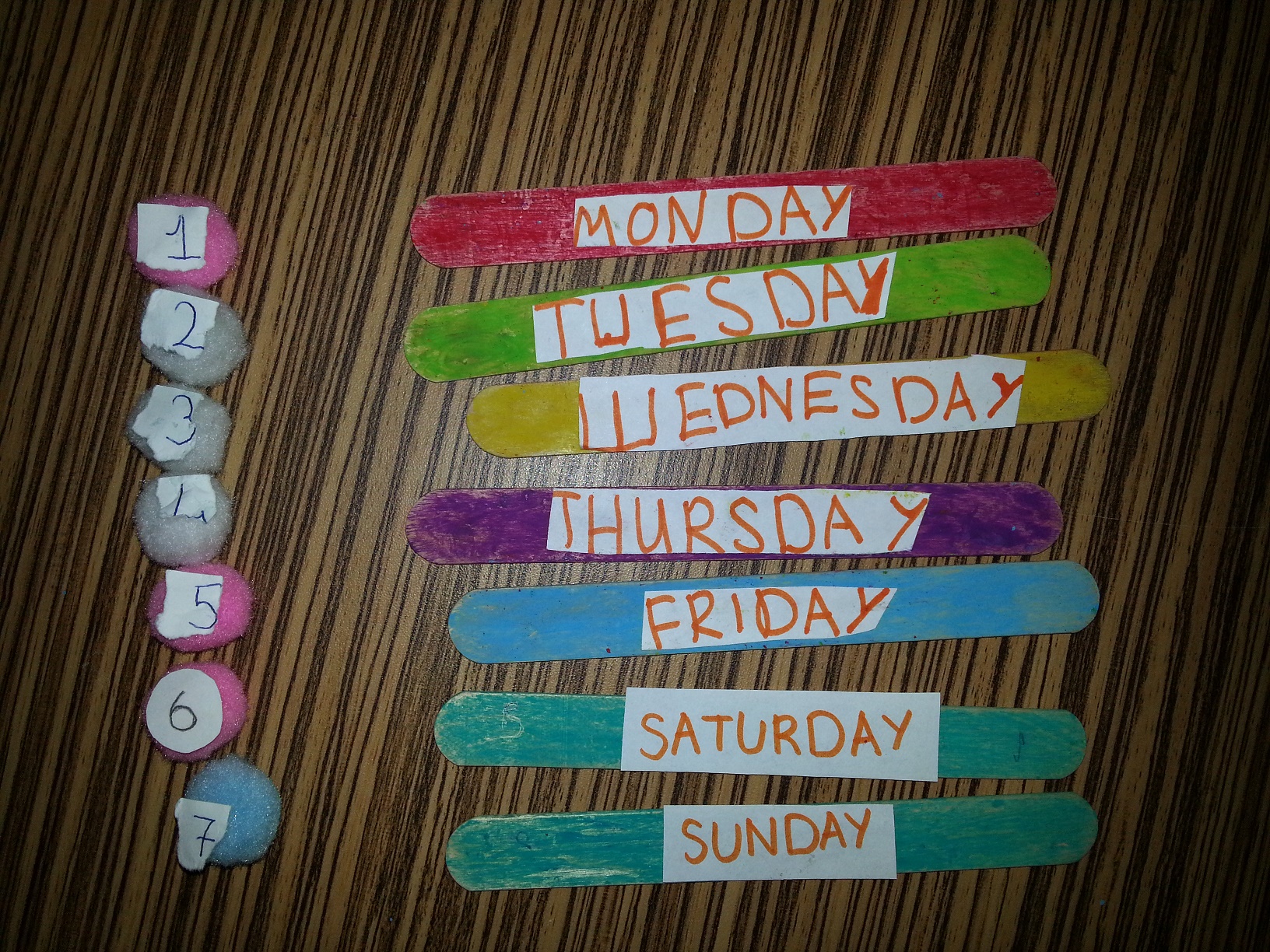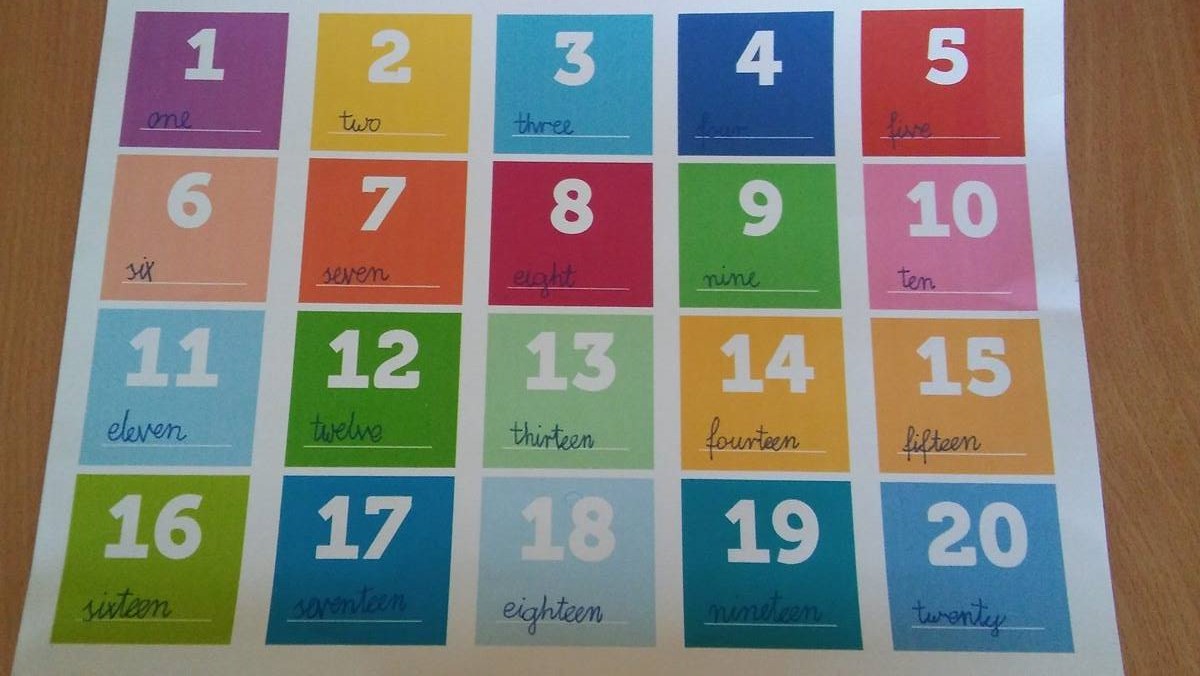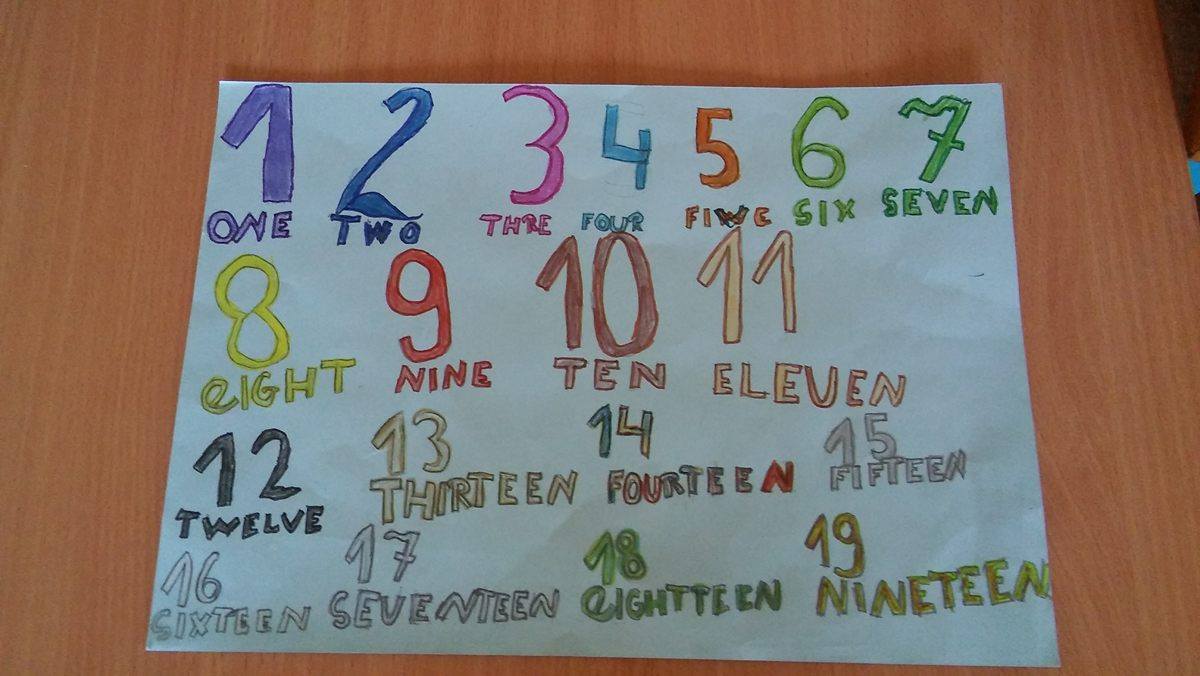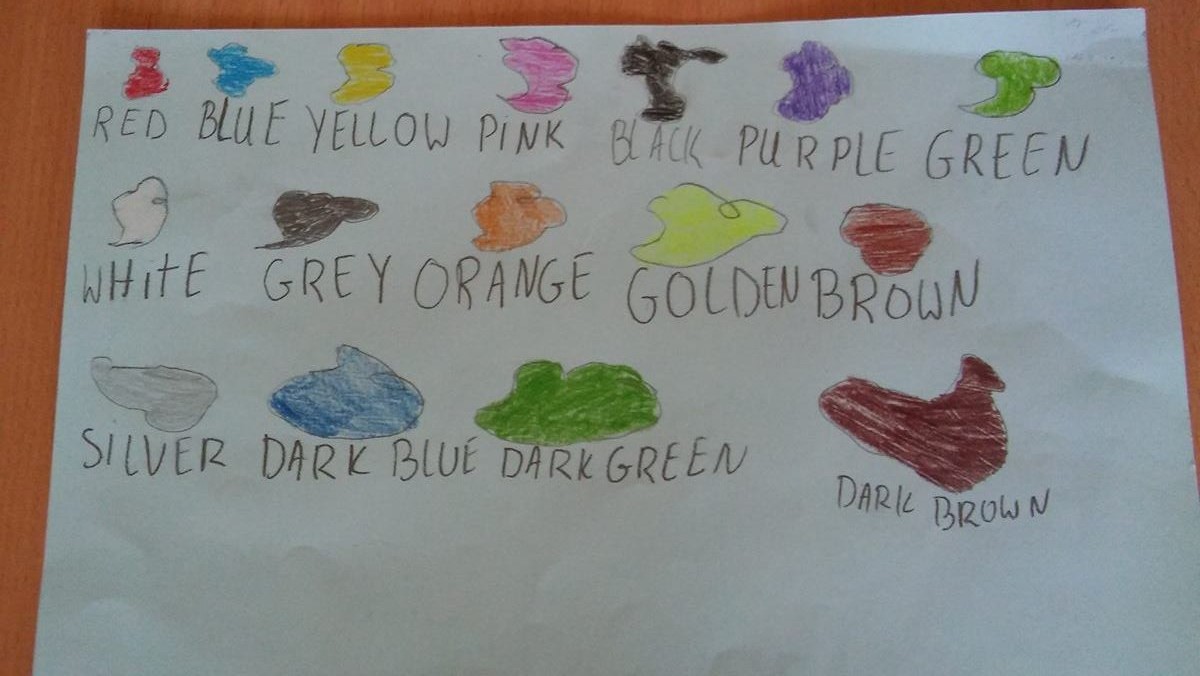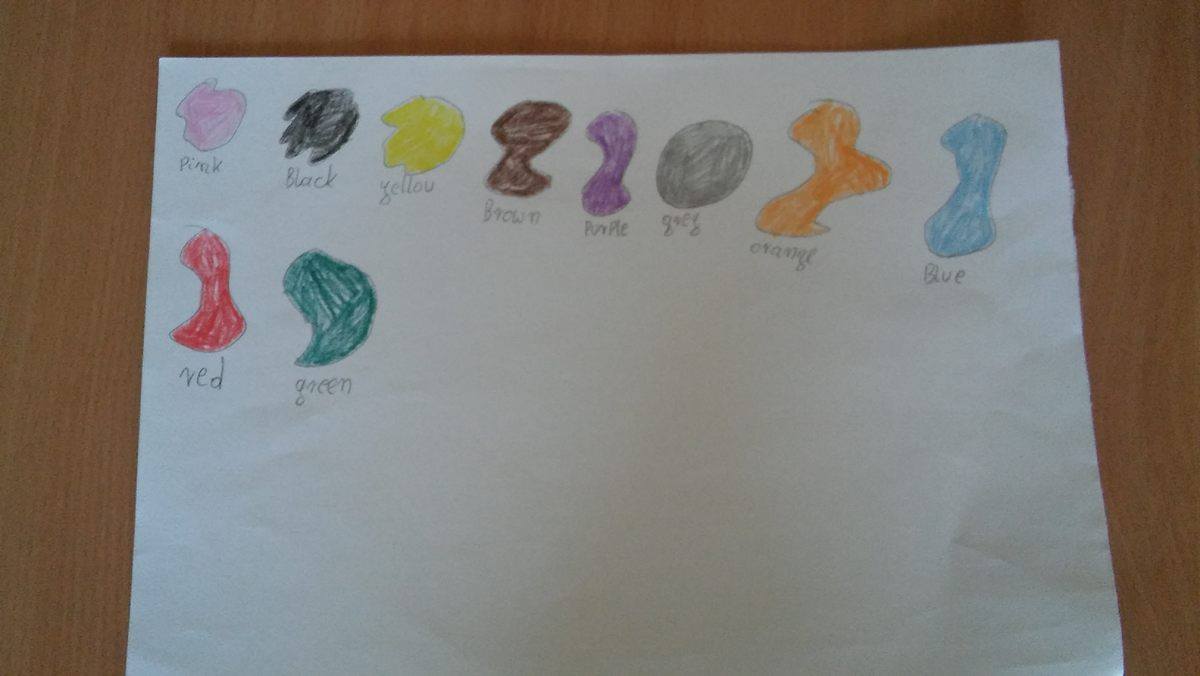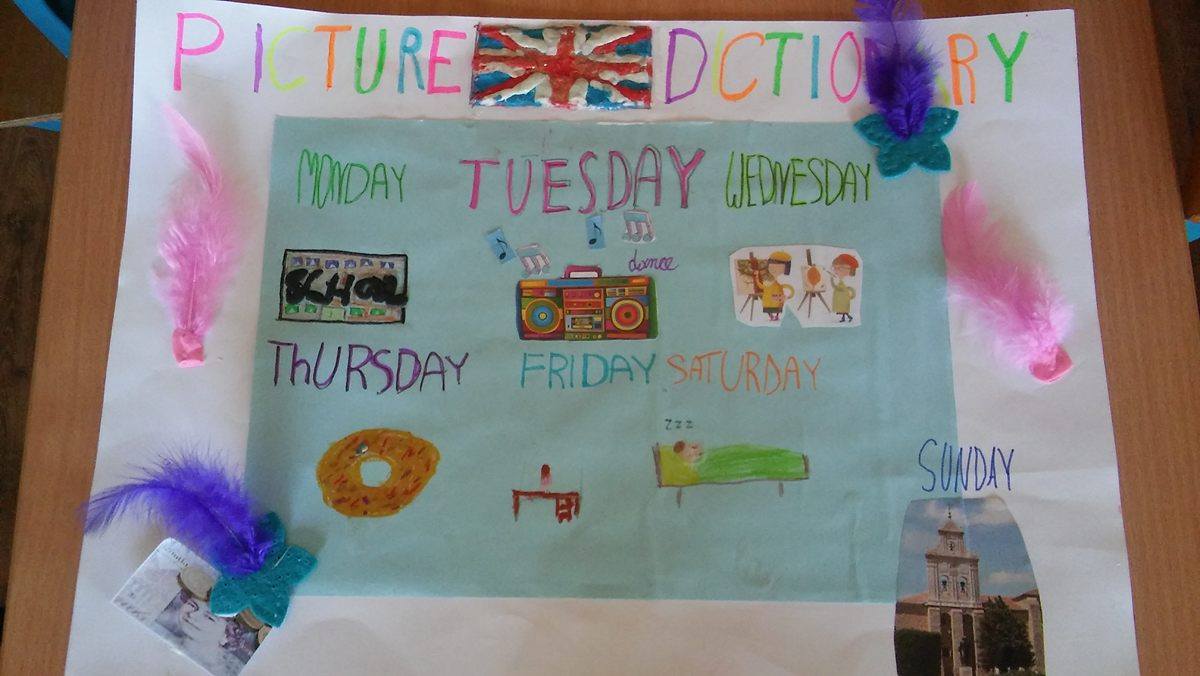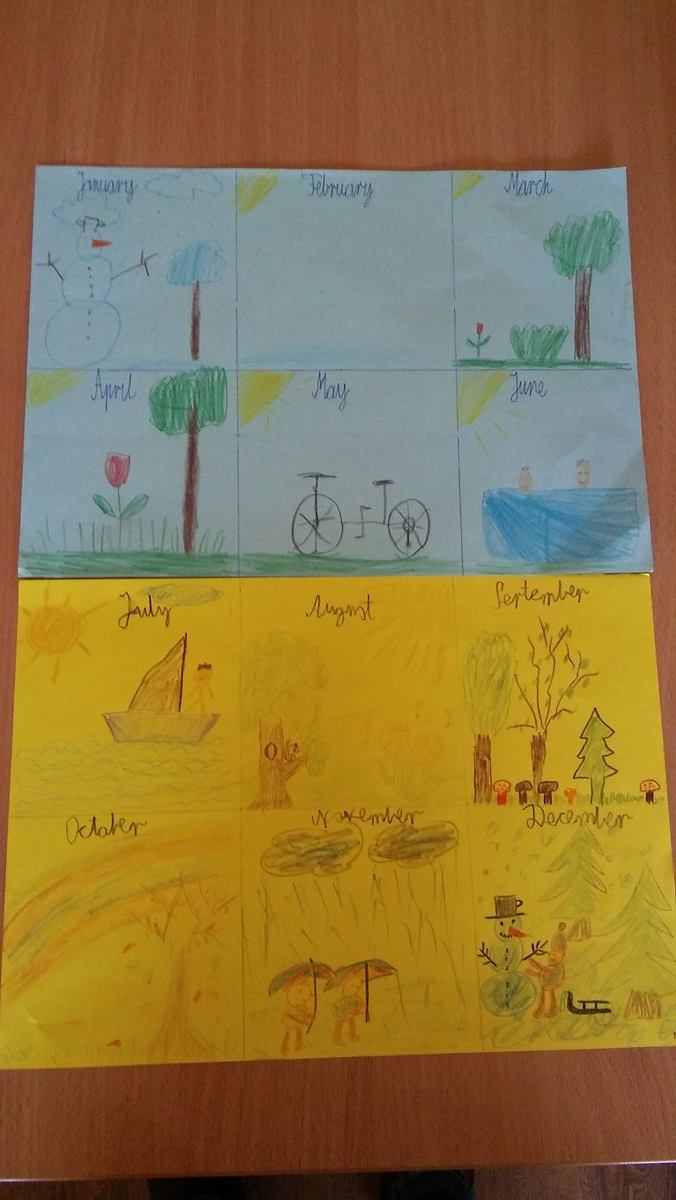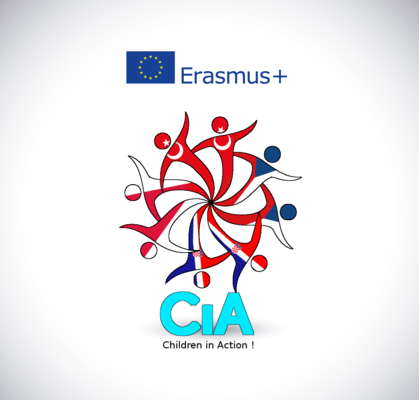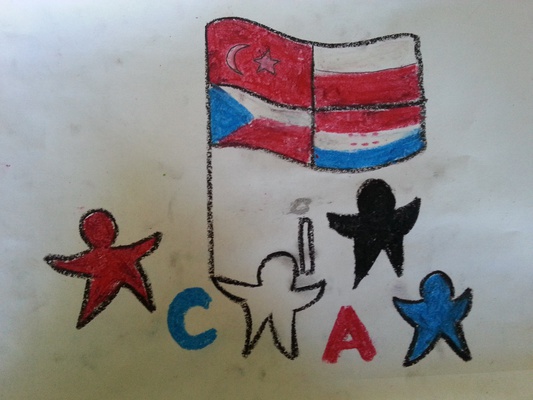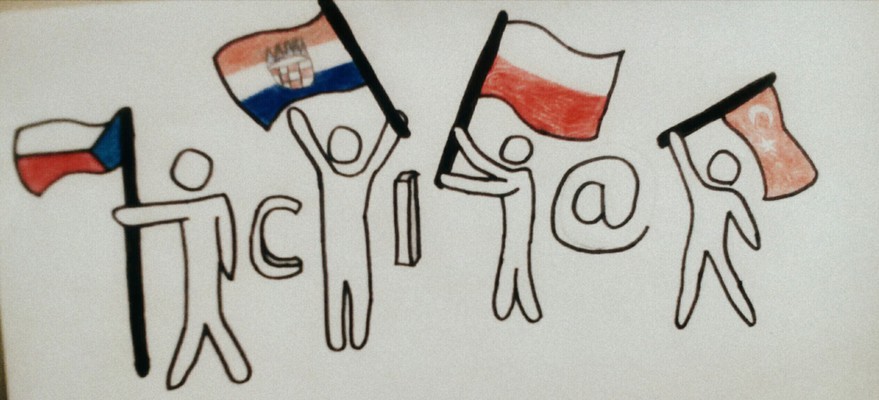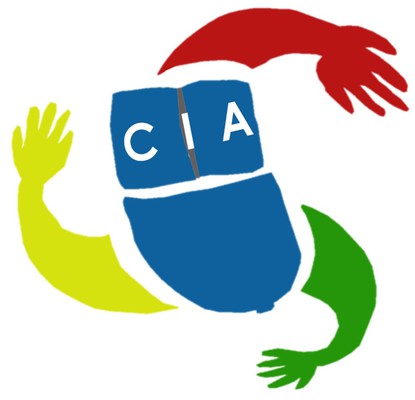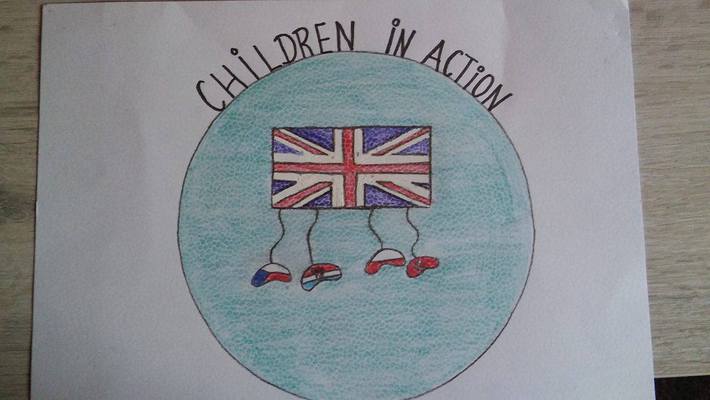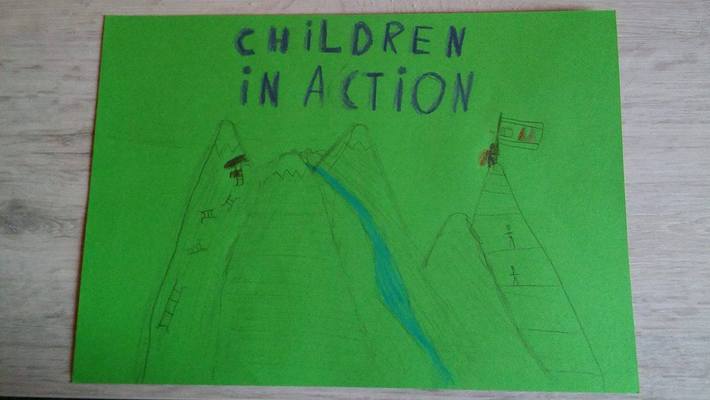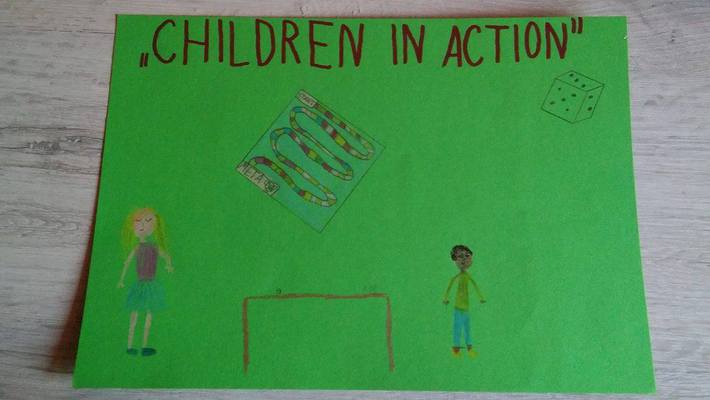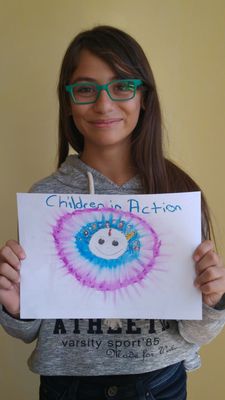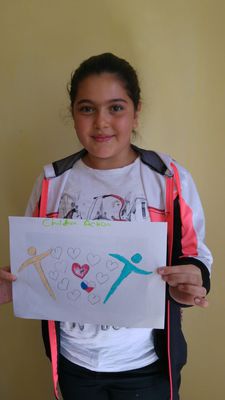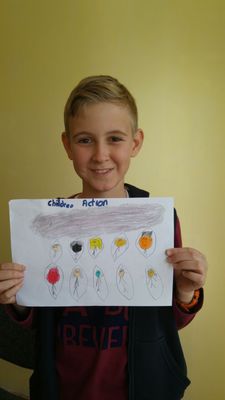,,CHILDREN IN ACTION’’
CREATING GAMES AND FUN ACTIVITIES FOR LEARNING ENGLISH
The project ,,Children in action’’ is addressed to primary school kids. It includes linguistic and creative aspects. It links such subjects as art, ICT, design and technology, music, writing and English as a foreign language. This project focuses mainly on English in primary schools. The main idea of the project is to make children active in their own process of learning English and engage them in creating new, interesting games and fun activities which will help them during studying new things. It is important that in this project, children are the people who are going to teach other kids some new words through games and educational aids, teachers will only help them.
Schools from Poland, Croatia, Turkey and the Czech Republic take part in this project. Zespół Szkół in Mosina is the coordinator of the project.
AIMS OF THE PROJECT:
a) to encourage children to love English more,
b) to own ideas with other children from the project,
c) to improve learners’ language, artistic and teamwork skills,
d) to motivate students to develop their own language skills,
e) to make learners aware of the huge role of games and fun activities in the process of learning,
f) to share the knowledge between children – games’ exchange, the creation of the book with educational materials made by children,
g) to improve students’ skills related to TIK tools in education,
h) to spend the time in a creative and interesting way.
The project starts in September and finishes in June.
It will be divided into several parts. Each month children will be responsible for creating new games and activities. The project will consist of :
- posting the instructions for English games and materials, which teachers use in teaching children and the photo gallery of the lessons with the use of the above games and activities, which learners create themselves,
- the creation of children's games, activities and presenting them together on the blog;
- the creation of the book with all children’s games and activities that partners of the project would use during their lessons;
The detailed schedule of the project:
- September – children introduce themselves schools and countries to other participants of the project (the way you do it, depends only on your choice) . All participants create together the logo of the project.
- October – children’s task is to prepare at least two games. The topics are: colours, numbers, days of the week, months (choose two topics).
- November – children prepare at least two games or other activities related to knowledge of the family members words or verb ,,be’’.
- December – children prepare at least two games or other activities related to the topic of Christmas and knowledge of verb ,,have got’’.
- January – children prepare at least two games or other activities related to the topic of school subjects and school objects which can be found in the classroom.
- February – children’s task is to create two games (including one board game). The topics are : pets and wild animals, .
- March – children prepare at least two games or other materials related to the topic of activities, hobbies and the verb ,,can’’.
- April – children’s task is to create at least two games. The topics are : everyday activities, fruit, vegetables, food, drinks (choose two topics).
- May – children prepare at least two games or other materials related to the knowledge of schools and countries from which partners of the project come from.
- June -All participants prepare an exhibition about the project ,,Children in action’’ – creating games and fun activities for learning English. Each school organizes also ,,English Game Day’’ for other students from different classes.
Tools:
- Twinspace,
- E – mail,
- Powerpoint,
- Videos, photos, pictures,
- Online websites used to create fun activities (www. learningapps.org),
- Blog.
Expected results:
- Children would enjoy themselves learning English. They would use different tools in order to make the lessons more interesting, hence, they would be more prone to learn.
- The creation of the blog and book with all children’s works and ideas.
